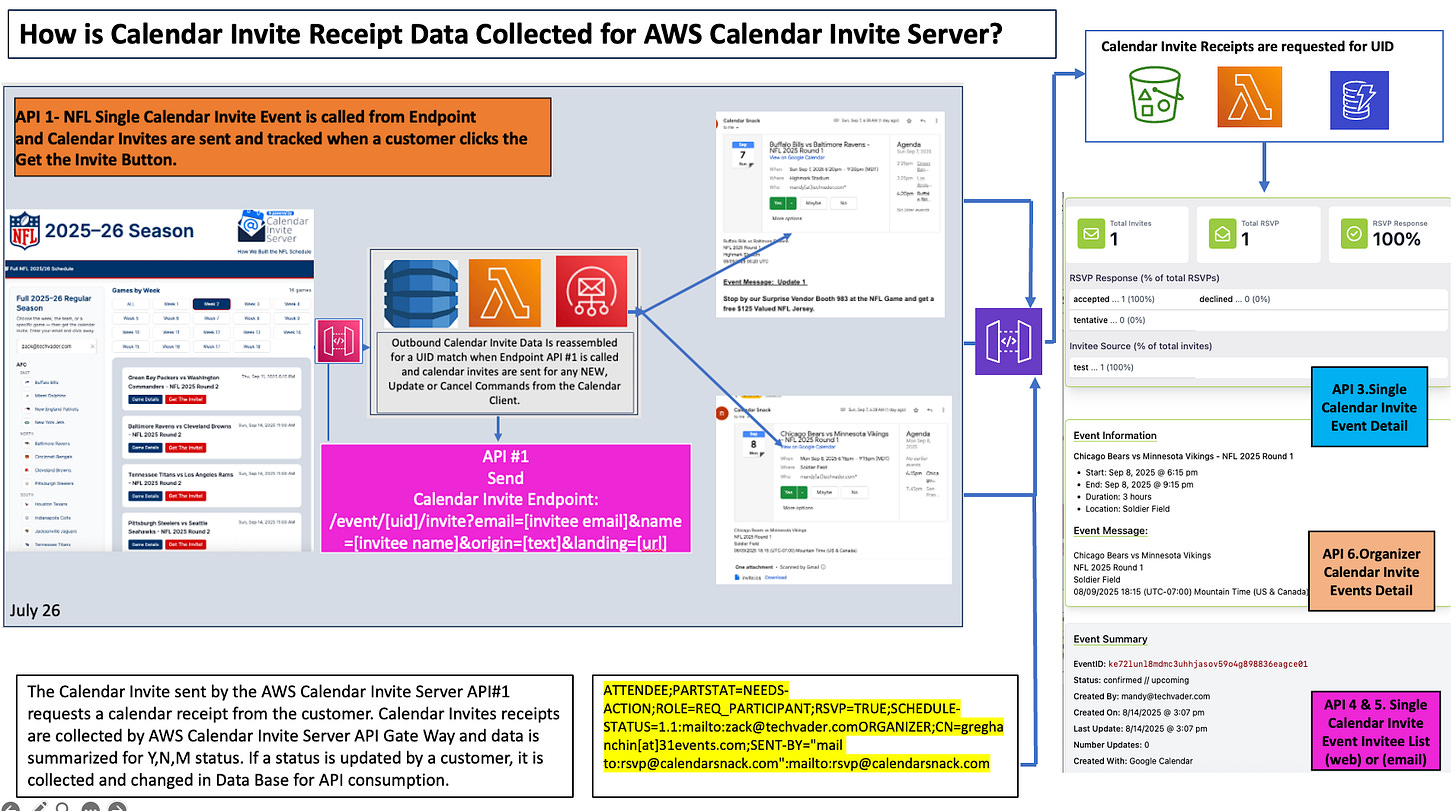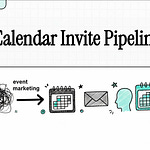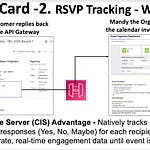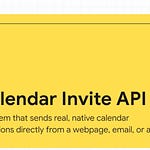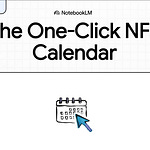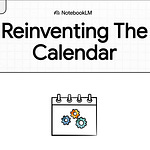1.0 Introduction: Redefining Event Invitations as a Data Source
Traditional email event invitation platforms often fail to capture meaningful engagement data, leaving organizers in the dark about audience intent and preferences.
Standard bulk Email invitations offer limited insight into recipient interaction beyond simple delivery confirmations.
This document details a platform designed to overcome these limitations, transforming the common calendar invitation into a powerful, real-time data collection and analytics engine.
The platform is engineered not only to dispatch bulk calendar invites efficiently, but also to capture and analyze every RSVP response as it occurs. This briefing outlines the platform's core user workflow, its underlying technical architecture, and its significant potential as a big data analytics tool.
2.0 Core Workflow: From Recipient List to Bulk Invitation Deployment
The strategic value of this platform begins with its streamlined, user-friendly process for deploying event invitations at scale. The "Calendar Snack Engine" is designed for maximum efficiency, enabling users to launch a large-scale invitation campaign in three straightforward steps.
1. Load Recipient List The user initiates the process by loading a simple text file containing a list of target email addresses. This file is processed by the platform's "VIP list engine," which prepares the recipient list for the bulk send.
2. Select Target Event Next, the user selects a specific event from a pre-loaded schedule. The platform has a proven ability to manage large-scale event databases. At the time of the demonstration, it had 1,481 NBA events loaded (with 994 remaining) and 300 NFL events loaded (with approximately 100 remaining). This allows for precise targeting, such as selecting the "Grizzlies at the Nuggets" NBA game or the "Vikings at the Tennessee Titans" NFL game.
3. Authorize and Send. In the final step, the user grants authorization for the deployment to proceed. This action triggers the platform's backend calendar invite server, which immediately processes the recipient list and dispatches the customized calendar invitations to every email address.
This efficient deployment process serves as the foundation for the platform's unique capability: collecting granular engagement data directly from these invitations.
3.0 Real-Time Data Collection: Capturing Attendee Engagement
The critical innovation of this platform lies in its ability to capture immediate RSVP feedback. Unlike traditional systems where engagement data is delayed or unavailable, this platform actively monitors and collects behavioral interactions from recipients' calendars in real-time, providing an immediate pulse on attendee sentiment and commitment.
The system is designed to capture the full spectrum of RSVP responses directly from the calendar invitations sent to recipients. As attendees interact with the event on their personal or professional calendars, their responses are instantly transmitted back to the platform's data warehouse. The specific RSVP statuses collected include:
• Accepted: A definitive "Yes" response from the recipient.
• Tentative: A "Maybe" response, a critical signal for forecasting potential attendance and resource allocation.
• Declined: A definitive "No" response from the recipient.
The real-time nature of this data collection is a core feature. During a live demonstration, a recipient's RSVP status was changed from "Yes" to "Maybe" and then to "No." Each change was immediately captured and reflected in the platform's reporting dashboard, showcasing the system's ability to track engagement as it evolves.
This powerful capability is specifically designed to collect behavior interaction from downstream calendar invites, made possible by the platform's underlying technical architecture.
4.0 System Architecture: The AWS-Powered Foundation
A service designed to handle bulk invitation delivery and process a continuous stream of big data requires a robust, highly scalable cloud architecture. This platform is built on an Amazon Web Services (AWS) foundation, ensuring the reliability, performance, and scalability necessary to support global campaigns. The technical stack comprises several key components that work in concert.
Component Functions within the Platform
Custom Calendar Invite Server
Acts as the core proprietary backend engine, built on AWS, responsible for processing and dispatching the bulk calendar invitations using the Calendar Invite API Endpoint. 30 Functions, 9 APIS. 15 AWS services. All baked into a CloudFormation template.
https://github.com/calendarinvite/calendarinviteserver/wiki/AWS-Calendar-Invite-Server-%E2%80%90HLD
API Gateway
Serves as the primary entry point for sending requests, efficiently managing the traffic of outgoing calendar invitations.
S3 Bucket
Provides a scalable storage solution that collects and warehouses all incoming RSVP data and calendar receipt information.
This resilient AWS infrastructure serves as the foundation for the platform's primary objective: transforming the raw, warehoused data in the S3 bucket into actionable business intelligence via its user-facing analytics dashboard.
5.0 Analytics & Reporting: Visualizing RSVP Data
Raw data is only valuable when it can be transformed into accessible, actionable insights. The platform's "reports dashboard" serves as the primary interface for this purpose, providing users with a clear and intuitive way to visualize and analyze the collected RSVP data.
The reporting dashboard allows users to access the complete repository of collected RSVP data and apply filters to analyze specific events. For example, a user can instantly isolate data for a single event by searching for a keyword such as "Vikings" or "Memphis." Once filtered, the dashboard presents a clear summary of engagement. The live demonstration showed that for both the "Vikings" and "Memphis" events, the dashboard initially reported that "two RSVPs" had been collected for each, both with an "accepted" status, before reflecting subsequent status changes in real time.
The dashboard's true power lies in its ability to translate a high-volume stream of interaction data into the strategic insights needed for data-driven event management.
6.0 Conclusion: A Big Data Analytics Engine for Global Engagement
In summary, this platform is more than just an invitation tool; it is a powerful data analytics collection engine. Its primary value proposition is its unique ability to collect granular engagement data at scale, directly from the source of interaction—the end user's calendar. The platform’s most strategic capability is its capacity to collect this data "based on the domain." This allows an organization to segment RSVP data by its source, such as by a specific corporate domain (@company.com), geographic region, or customer type. This transforms the calendar invitation into a powerful business intelligence tool, enabling hyper-targeted engagement analysis and providing unprecedented insight into specific audience segments on a global scale.



